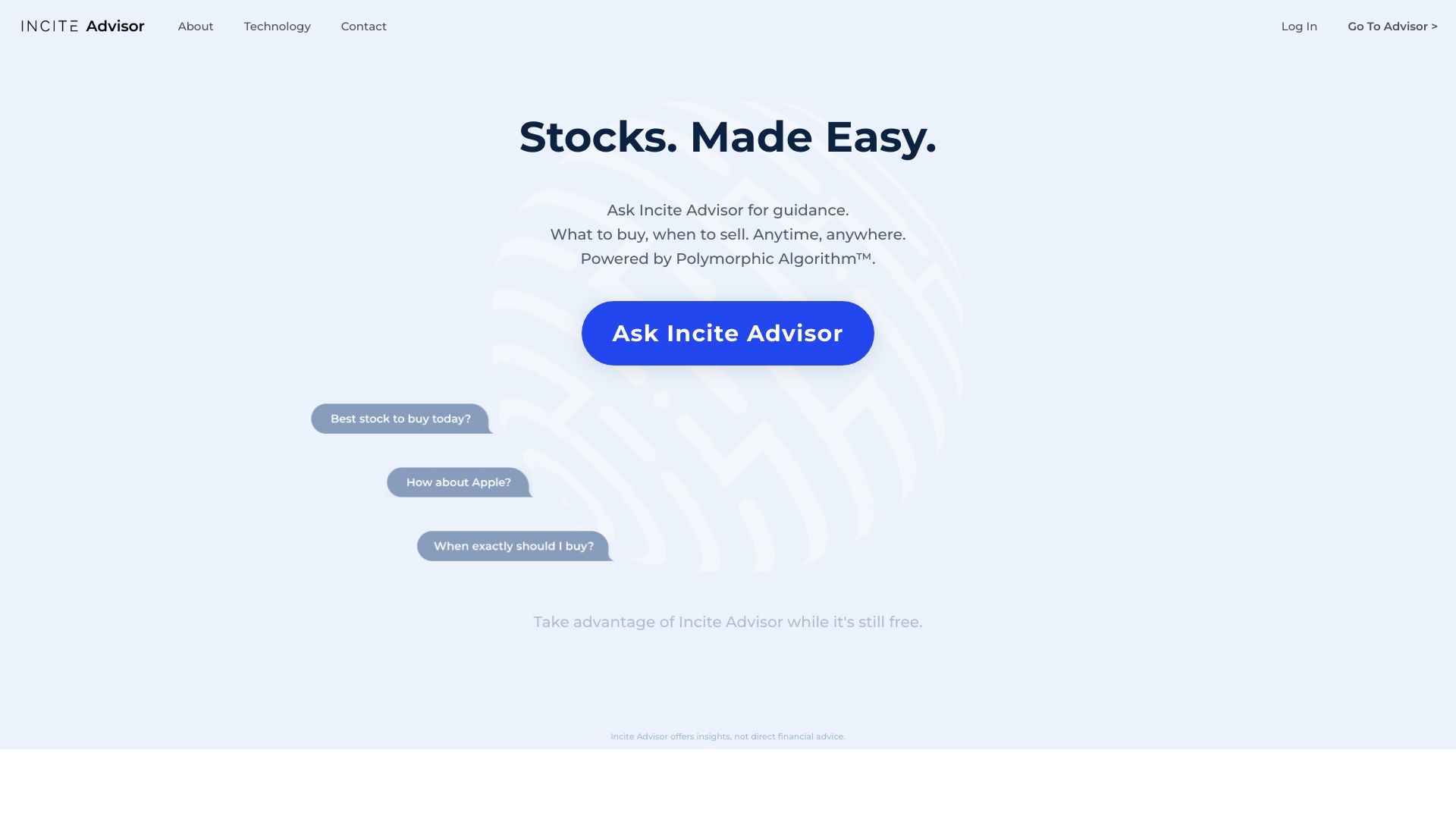Integration and compatibility are critical aspects to consider when considering AI stock Predicting/Analyzing trading platforms. Integrating your platform into existing tools, systems and workflows is a great way to increase efficiency. Below are the top 10 tips for assessing integration and compatibility.
1. Check Brokerage Integration
Supported brokers: Ensure the platform integrates with your preferred brokerage or trading account.
Trade Execution: Determine if the platform allows direct trade execution by the broker integrated.
Account synchronization Check whether the platform allows you to transfer balances between your accounts in real-time, as in transactions and positions.
2. Check the availability of APIs
API access - Check that the platform includes an API to allow developers to create customized tools or automate work processes.
API documentation - Verify that the API's example and usage examples are well documented.
Rate limits: Determine if the API has reasonable rate limits and can accommodate your expected amount of usage.
3. Integration of Third-Party Tools
Popular tools: Find out whether your platform is compatible with popular tools such as Google Sheets or Excel.
Export and import of data: Ensure that the platform allows easy export/import of data to and from other tools.
Extensions/Plugins: Check if your platform is compatible with extensions or plugins for added capabilities.
4. Test Compatibility With Operating Systems
Desktop compatibility. Check that your preferred operating systems (Windows, macOS, Linux) are supported.
Mobile compatibility: Check whether there's an application that is mobile compatible that works with iOS or Android.
Web-based Access: Check if you can access the platform via a browser to increase flexibility.
5. Examine the capabilities of data integration
Data sources. Make sure the platform supports several data integrations (e.g. data sources for social media, market sentiment and news feeds).
Real-time Data Feeds Check to see if your platform provides real-time analysis.
Check to see if your platform supports the import of historical data to analyze or backtest.
6. Assess Cloud and On-Premise Compatibility
Cloud-based Platforms: The platform should be accessible anywhere there is an internet connection.
On-premises Solutions: If you would like to run your application on premises, make sure the platform is compatible.
Hybrid models: Find out whether the cloud-based platform integrates and on premise capabilities.
7. Check for Cross-Platform Synchronization
Device synchronization: Make sure that your platform syncs settings and data across all devices (desktop tablet, mobile).
Real-time updates: See if the changes you make to one device immediately show up on other devices.
Offline Access: Examine for any restrictions to the capabilities of the platform or data access if it's offline.
8. Verify the compatibility of trading strategies
Automated or Algorithmic trading: Verify that the platform you use for trading supports these strategies.
Custom indicators: Determine if your platform supports scripts or indicators that are specific to your needs.
Backtesting strategy: Find out if your platform allows you to backtest trading strategies with historical data.
9. Review Security and Compliance
Data encryption - Ensure that your system is using encryption for all data at all times, including when it is at rest.
Authentication Check if the platform is secure in terms for authentication (e.g. Two-factor authentication).
Regulative Compliance: Determine if your platform is compliant with the applicable regulations.
10. Test Scalability and Performance
Scalability: The platform should be able to handle growing user numbers and data volumes.
Performance under load - Check that the platform continues to perform in conditions of high market volatility.
Resource usage - Check that the platform effectively uses the resources of the system, such as CPU, memory or bandwidth.
Bonus Tips
Users' feedback: Look for testimonials and reviews from users when you are evaluating the platform.
Trial period: Take advantage of an unpaid trial or demo to experience the system's integration with your existing tools and workflows.
Customer support: Make sure that the platform offers a robust customer support to integrate-related issues.
Use these guidelines to evaluate the integration and compatibility between AI platforms for stock prediction and analysis as well as your existing trading systems, and ensure that they increase your trading effectiveness. Follow the best website about market ai for site tips including ai for investing, best AI stock, ai for investing, ai for stock trading, investment ai, best AI stock, trading with ai, ai investment app, ai investment platform, chart ai trading assistant and more.

Top 10 Tips To Evaluate The Scalability Of Ai Analysis And Stock Prediction Platforms
To ensure AI-driven stock trading and prediction platforms can scale and scalable, they need to be able to deal with the ever-growing volume of data and complexity in markets, and also user demands. Here are the top 10 suggestions on how to evaluate the scalability.
1. Evaluate Data Handling Capacity
Tip : Find out if the platform has the capability to analyze and process large databases.
Why? Scalable platforms have to handle increasing data volumes without performance degradation.
2. Test real-time processing capabilities
See how the platform handles real-time data streams, such as price movements and breaking news.
What's the reason? The analysis in real-time of trading decisions is vital since delays can cause you to missing opportunities.
3. Cloud Infrastructure and Elasticity
TIP: Make sure your cloud platform (e.g. AWS, Google Cloud or Azure) and is able to dynamically scale resources.
Cloud-based platforms are a great way to gain the flexibility. They permit the system to scale up and down based on demand.
4. Algorithm Efficiency
Tip 1: Evaluate the computational efficiency of the AI models being used (e.g. reinforcement learning deep learning, reinforcement learning).
The reason is that complex algorithms are resource-intensive. Making them more efficient to make them scalable is important.
5. Investigate Parallel Processing and Distributed Computing
TIP: Check if the platform uses parallel processing or distributed computing frameworks.
What are they: These technologies facilitate more efficient data processing and analytics across many nodes.
Review API Integration and Interoperability
Tip: Check the platform's integration with external APIs.
Why? The platform can adapt to changing market conditions and data sources thanks to seamless integration.
7. Analyze User Load Handling
Tip: Simulate high user traffic to see how the platform does under pressure.
The reason: A platform that is scalable must be able to maintain its performance when the number of users grows.
8. Review the Retraining Model and its adaptability
Tips Check how often the AI models can be trained with new data.
Why: Because markets always change, it is important to update models regularly.
9. Check Fault Tolerance (Fault Tolerance) and Redundancy
Tips: Ensure that the platform is equipped with failover mechanisms to deal with hardware or software failures.
Why: Downtime is costly for trading. Therefore, fault tolerance is vital to scaling.
10. Monitor Cost Efficiency
Review the costs associated with your platform, including the cloud resources, storage and computation power.
What is the reason? Scalability must come at a price that is viable. This means that you must balance performance against expense.
Bonus Tip: Future Proofing
Making sure that the platform can be able to accommodate emerging technology (e.g. advanced NLP, quantum computing) and regulatory changes.
By focusing on these factors, you can effectively assess the scale of AI stock prediction and trading platforms, making sure that they are reliable, efficient, and ready for future expansion. Check out the recommended best AI stock prediction tips for website tips including best AI stocks to buy now, AI stock analysis, ai investment tools, ai copyright signals, AI stock predictions, stock predictor, ai trading tool, ai investment tools, AI stock analysis, how to use ai for copyright trading and more.
